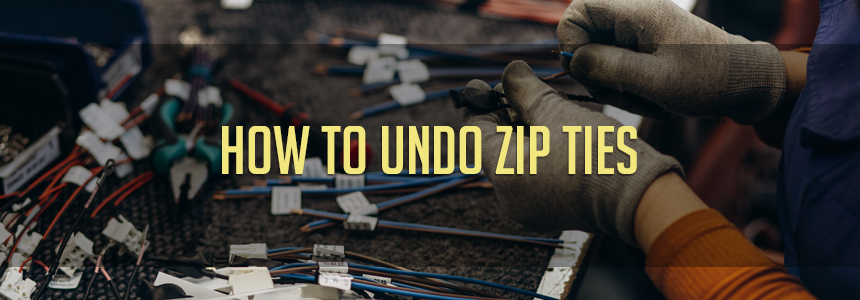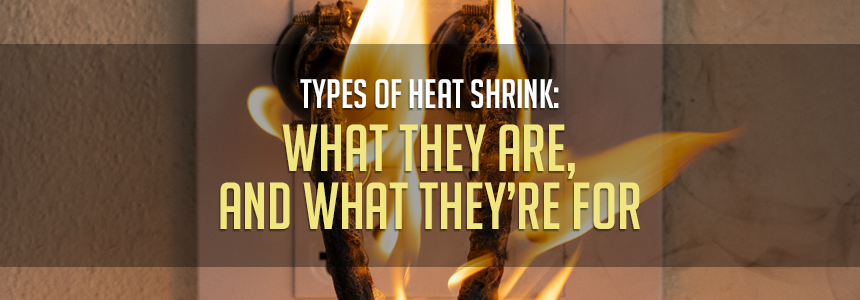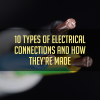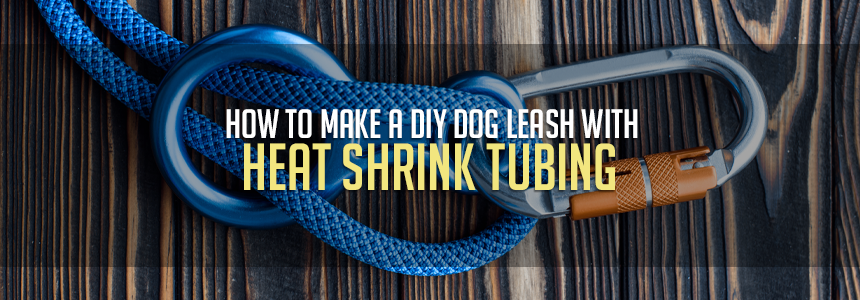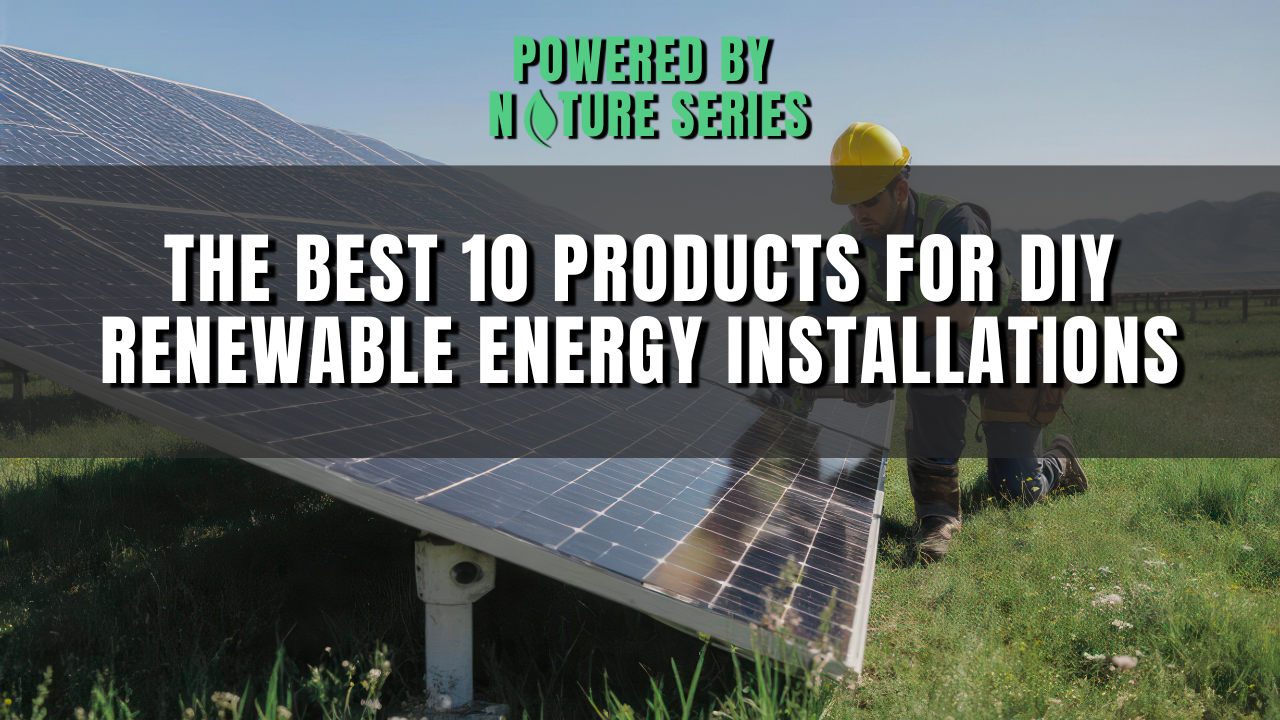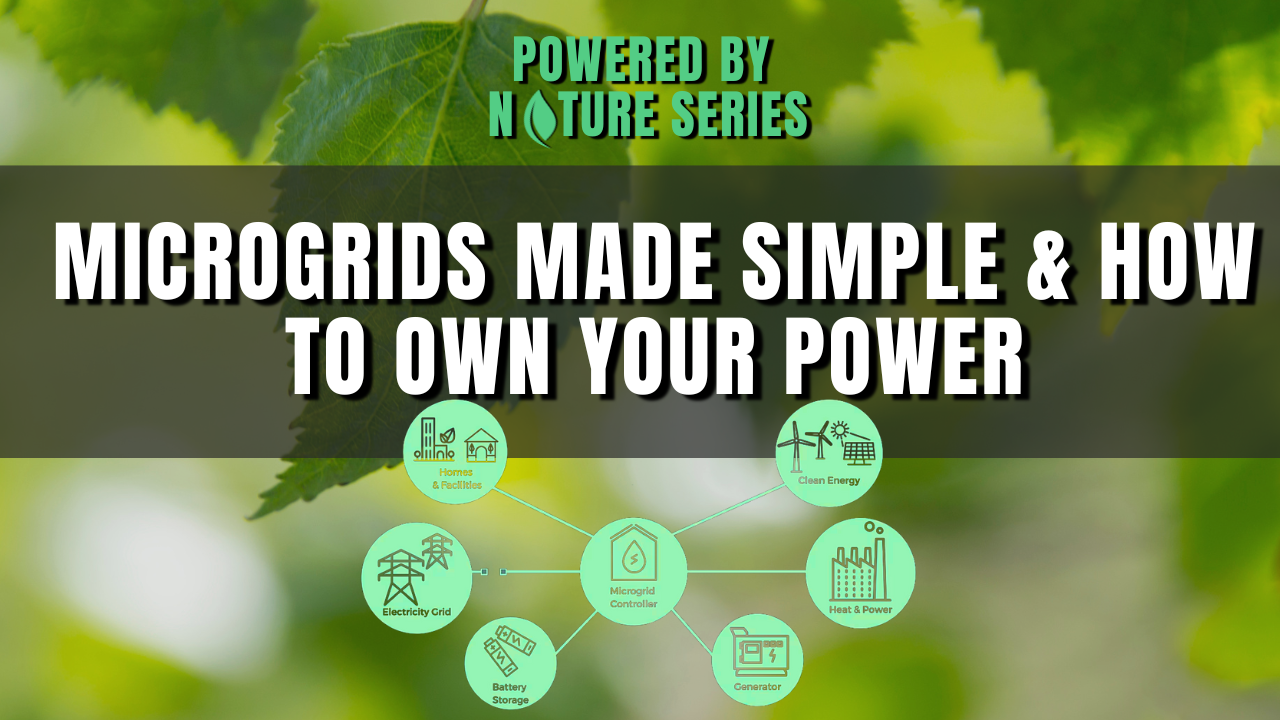Renewable Energy FAQ & Homeowner’s Guide
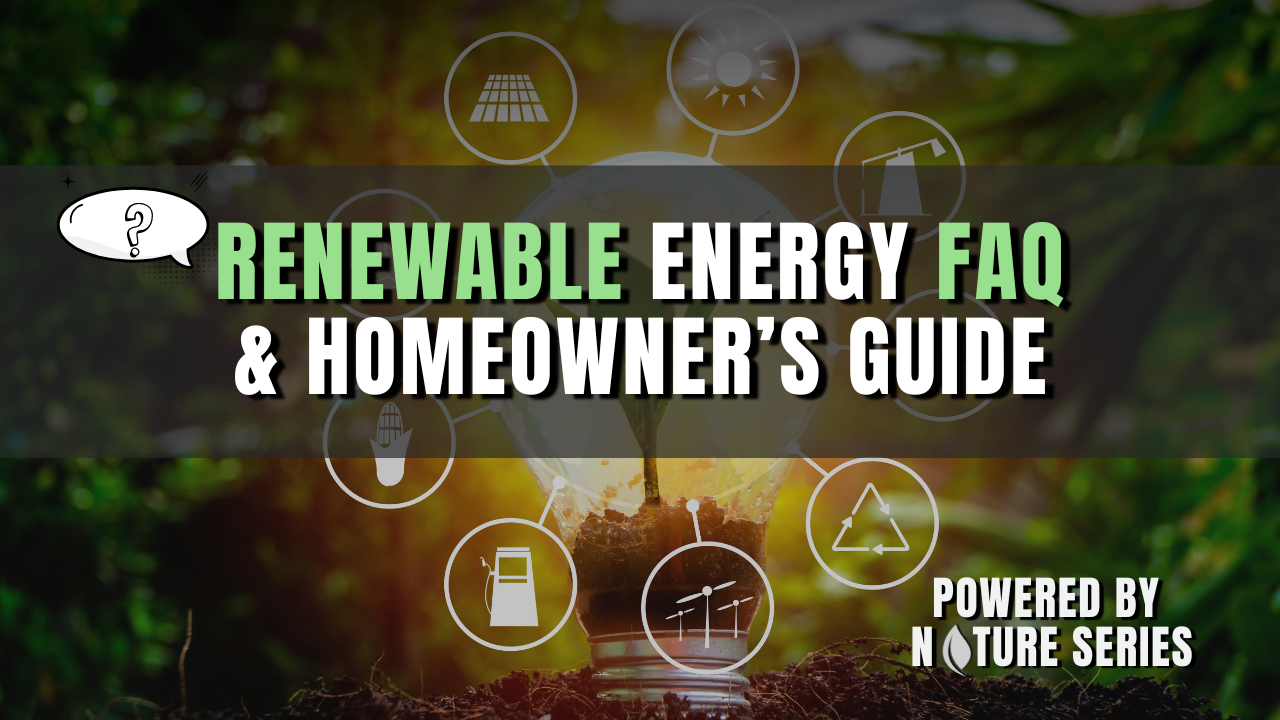
Renewable Energy FAQ & Homeowner's Guide
Renewable energy is all the rage. And we get it.
As a movement, it has everything: tension, drama, social responsibility, hero mentality, the power to affect real change–and it's backed by facts, stats, science, and an enlightened mind. So, it ticks a lot of boxes. For a lot of people. For a lot of reasons. And it should.
As a lifestyle. Renewable energy is a series of choices and a string of ongoing awareness that shapes how you power your home, protect your future, and participate in something bigger than yourself. It matters. It makes a difference. And it wants you to join in.
As a future, renewable energy picks up urgency. Incentives expire. Policies shift. Climates change. The smartest installs happen before the curve, not after it. This is personal. This is our responsibility. This is your opportunity. Renewable energy gives you power. We have the tech. We have the tools. Now we have to do something about the future.
As an infrastructure, renewable energy is the way out of somebody else's grid. We were all born into the same power system–faceless, insatiable, volatile, fragile, and built for someone else's priorities. But renewable energy lets us build something better. Harness something bigger. And choose something bolder.
Because we're all using electricity. So we all have a stake in this. We all should care. We all can do something. We all have a choice, and we all need to know about renewable energy.
What You'll Find in This Guide
This isn't your everyday FAQ. It's a modular, emotionally intelligent guide built for real people making real decisions. Each section speaks to a different kind of buyer and a different kind of mindset. Whether you're scanning for clarity, skimming for help halfway through a DIY, or are second-guessing your options, we've got you.
This guide doesn't just answer questions. It reframes them. It meets you where you are, then nudges you forward. With myth-busting insights, behind-the-scenes tips, and straightforward (well-sourced) facts, you'll find the real-world knowledge you want (and need) right here. No jargon. No fluff. Just the stuff that matters.
We've broken down our renewable energy FAQs into four clean sections, each built around how you think and what you value:
- Movement–for readers who want to be part of something bigger.
- Lifestyle–for readers who want their homes to reflect their values.
- Future–for readers who want to act before the window shuts.
- Infrastructure–for readers who want to understand how it all fits together.
Each section includes curated FAQs and a clear guide of what's inside, so you'll know what to expect, what's covered, and where to find the answers that matter most to you.
Renewable Energy: The Movement FAQs
For readers who want to be part of something bigger.
Renewable energy is about transformation. This section is for the values-driven buyer, the community-minded thinker, the person who wants their choices to have a positive ripple. It's about shifting power from the grid to people.
Inside this section:
- Myth-busting on cloudy days, wildlife safety, and environmental impact
- How one household can influence a neighborhood
- How to join the renewable energy movement
FAQ 1: Is renewable energy bad for the environment?
Response: No. Although no energy source is impact-free, renewable energy sources are much cleaner than fossil fuels. Home solar and wind produce no emissions during operations. They have a lower lifecycle footprint than most other energy sources. Plus, modern wind turbines for homes and solar panels are designed with wildlife and use in mind. With proper spacing and very slow spinning speeds, vertical axis wind turbines for homes do not pose any danger to birds, other flying animals, or even grazing animals.
Still not convinced? Here's where else to find answers:
- Energy Magazine: How renewables cut emissions, improve air quality, and support a cleaner future
- MAWEB: Environmental breakdown of how solar and wind reduce pollution, conserve water, and protect biodiversity
- U.S. Geological Survey: confirms small-scale wind systems are low-risk for birds, bats, and grazing animals
- Solar Power World: the leading solar industry site for installation, policy, and product insights. Trusted by contractors, engineers, and serious DIYers.
FAQ 2: Can solar panels work in shade?
Response: Yes, just not at full capacity. Solar panels can still generate electricity in partial shade or low-light conditions. But output will be reduced. The good news? Modern solar panel installs at home use microinverters or optimizers that help panels work independently. That way, one shaded panel won't drag down the whole array.
Insider Tip: Check out more cool facts about solar power!
FAQ 3: Can one household really make a difference?
Response: Yes. Every install reduces demand on the grid, lowers emissions, and signals market demand for cleaner energy. But the real power comes from scale, from idea, and from opportunity. When neighborhoods, co-ops, and communities adopt renewables together, the impact multiplies. Choosing renewable energy is personal, and it's part of a movement to belong, to try, to nurture, and to change.
FAQ 4: How can I get involved in the renewable energy movement?
Response: Start with what's in reach! You can install solar panels at home, join a local energy co-op, support policy initiatives, or simply share what you've learned with neighbors. Some communities offer group discounts, grant assistance, or shared battery programs. Whether you're switching to clean energy or just learning what's involved, every action adds momentum. The movement grows when people show up, ask questions, and pass it on.
Renewable Energy: The Lifestyle FAQs
For readers who want their home to reflect their values.
Renewable energy is about rhythm. This section is for the intentional homeowner, the design-minded buyer, the person who wants clean energy to feel personal and practical. It's about autonomy, everyday impact, and the upgrades that turn your house into a reflection of what you believe.
Inside this section:
- How to assess your home's readiness
- Choosing the right system for you
- ROI framing for upgrades and resale
- Real-life savings with solar panels
FAQ 1: How do I know if my home is ready for solar or wind?
Response: Start with your roof, layout, and local climate. Assess what you have to work with and where you have to start. Your willingness and awareness make you a clean energy champion as it is.
- South-facing roofs with minimal shade → solar is a strong fit
- East or west-facing roofs → solar can still work, high-efficiency panels will help
- Rural lot or hilltop with steady wind → consider a small wind turbine
- Urban setting with limited roof access → look into community solar programs
Not sure where to start? The U.S. Department of Energy has a guide that'll walk you through it.
FAQ 2: Which renewable energy system is right for me?
Response: Most homeowners start with solar. It has the widest reach, easiest installs, and strong return. Wind turbines work best in open, rural settings with steady wind. For apartments or urban homes, community solar subscriptions let you access clean energy without owning panels. Hybrid systems (solar + wind or solar + battery) give you flexibility.
Don't skip the details. Check out solar panel guides, plus component comparisons (residential vs. commercial, polycrystalline vs. monocrystalline, heat shrink tubing selection).
FAQ 3: Will renewable energy upgrades increase my home's resale value?
Response: Yes. Homes with solar panels sell faster and for more. According to Zillow, solar-equipped homes sell for about 4% more than comparable homes. Buyers love lower utility bills, energy independence, and the chance to lock in rates before grid costs climb. Renewable energy upgrades also appeal to eco-conscious buyers, making your home stand out in competitive markets.
FAQ 4: What renewable energy upgrades offer the best ROI?
Response: Start with solar panels and battery storage. They deliver the biggest long-term savings. Then look at energy-efficient wiring, insulated components, and heat shrink tubing to protect performance and reduce maintenance. Smart upgrades deliver power, plus durability, safety, and value.
FAQ 5: How much can I save with solar panels over 20 years?
Response: In high-rate states, savings can exceed $20,000 over two decades. Your exact savings depend on location, energy usage, and system size. Net metering programs let you earn credits for excess energy. And the solar tax credit is still active. So, you can save 30%, up to thousands off, on your upfront costs. But the credit ends December 31, 2025. So the biggest savings come from acting fast, right now, while you still can. (Keep reading for more help and understanding about the future of renewable energy.)
Find your state's Net Metering policy.
Renewable Energy: The Future FAQs
For readers who want to act before the window shuts.
Renewable energy is about timing. This section is for planners, the early adopters, the buyers who know that the incentives don't last forever, and neither will the grid. It's about urgency, opportunity, and the decisions that shape what happens next…to all of us.
Inside this section:
- Changes to the 2025 federal tax credit
- Where to find rebates, grants, and state incentives
- How to time your install for max savings
- What this means for you…now
FAQ 1: What does the 2025 federal clean energy tax credit actually cover?
Response: The 30% residential clean energy credit covers solar panels, battery storage, and installation costs, but only if your system is fully installed and operational by Dec 31, 2025. That means permits, wiring, and final hookup must be complete. But it's a big credit back, and has been a huge incentive for homeowners ready to take the plunge towards renewable energy. So, it's important to know that after the deadline, the credit disappears for homeowners. No phase out, no extensions, after Dec. 31, 2025, no more tax credit.
Learn more: IRS Residential Clean Energy Credit Overview
FAQ 2: Where can I find rebates, grants, and state incentives?
Response: Start with your state's energy office or utility provider. Many states offer personal tax credits, rebates, and property tax exemptions. Your system will generate lower utility bills, no matter when you install. And most states will continue to offer net metering, allowing you to capitalize on your savings, no matter when you install. Some utilities offer cashback or low-interest loans to set up. These incentives stack with the federal tax credit, so the earlier you act, the more you'll save.
Here's where to look:
- DSIRE: Database of State Incentives for Renewables & Efficiency: most comprehensive and updated
- ConsumerAffairs: Solar Incentives by State: easy breakdown by region
- Solar.com: State-by-State Rebate Guide: includes utility-level programs
FAQ 3: When should I install to maximize savings?
Response: Ideally, spring through early fall. That gives you time to generate as much solar credit as possible before winter (slower, but still functional). This install window also ensures your system will be up and running before the December 31 deadline. Fall installs will still qualify, but expect longer wait times and "the crunch" to get in under the wire. Acting now is the only way to lock in those federal rebates and secure your energy future before the grid gets even more expensive and less reliable.
Reminder: The Residential Clean Energy Credit ends December 31, 2025. No extensions. No grace period.
Renewable Energy: The Infrastructure FAQS
For readers who want to understand how it all fits together.
Renewable energy is about systems. This section is for the technically curious, the detail-driven buyer, the person who wants to know what's under the hood before they commit. It's about wiring, tubing, insulation, and modular logic that turn clean energy into a working, mechanical reality.
Inside this section:
- What kind of wiring and insulation you'll need
- How to protect solar cables from weather and wear
- What every homeowner needs to know before installation day
FAQ 1: What kind of wiring do I need for solar panels or wind turbines?
Response: You'll want energy-efficient solar wiring that minimizes power loss and maximizes output. For heavier battery leads and wires carrying serious voltage, you'll want thicker walls. The additional dielectric strength handles extra loads and keeps you extra safe.
For outdoor setups, use insulated and waterproof electrical components. That's anything with an adhesive lining! From heat shrink butt splice connectors to end caps and general purpose heat shrink to heavy wall heat shrink. Grab an adhesive lining if you want to weatherproof and waterproof home DIY renewable energy installs. Don't forget to add heat shrink tubing to seal connections and prevent corrosion. These upgrades are what make your system strong, durable, safe, stable, and long-lasting.
FAQ 2: How do I protect solar cables or wind turbine nacelle's from weather?
Response: See the response above. It covers everything from heat shrink tubing to waterproof connectors. Adhesive lining (or dual wall) is required if you want waterproofing. Also, opt for black, UV-resistant cable ties or upgrade to stainless steel cable ties. Both options are resilient, reliable, and ready for rough skies. For rustproof, upgrade to stainless.
FAQ 3: Can I handle a solar panel installation?
Response: DIY solar installs aren't just about mounting panels. It's about building a system that's smart, efficient, and works for you. Before you start, check that your electrical setup is solid and your paperwork is in order.
Here's what to check:
Main service panel: Is it up to code and ready for clean energy?
Surge protection: Can your system handle grid fluctuations?
Permits and inspections: Does your city or utility require approval?
Net metering: Will you earn credits for excess energy?
Warranty coverage: What's covered, and for how long?
Resale documentation: Keep records for future buyers.
Wiring and safety: Use insulated components, weatherproof tubing, and proper grounding.
We know. That's a lot. But we also know, it's worth it. Renewable energy is huge, and we get it.
It speaks to all of us in different ways. We all feel it. We all get it. We all have access to it. We all have a responsibility towards it. And we all can do something to make a difference. One solution at a time. One setup at a time.
We hope this guide gave you some clarity, confidence, and maybe even the courage to start building your own clean energy setup. Whether you're DIY-ing your first install or just future-proofing your home, you're part of something bigger. And we're glad you're here.
Start your clean energy setup at buyheatshrink.com





